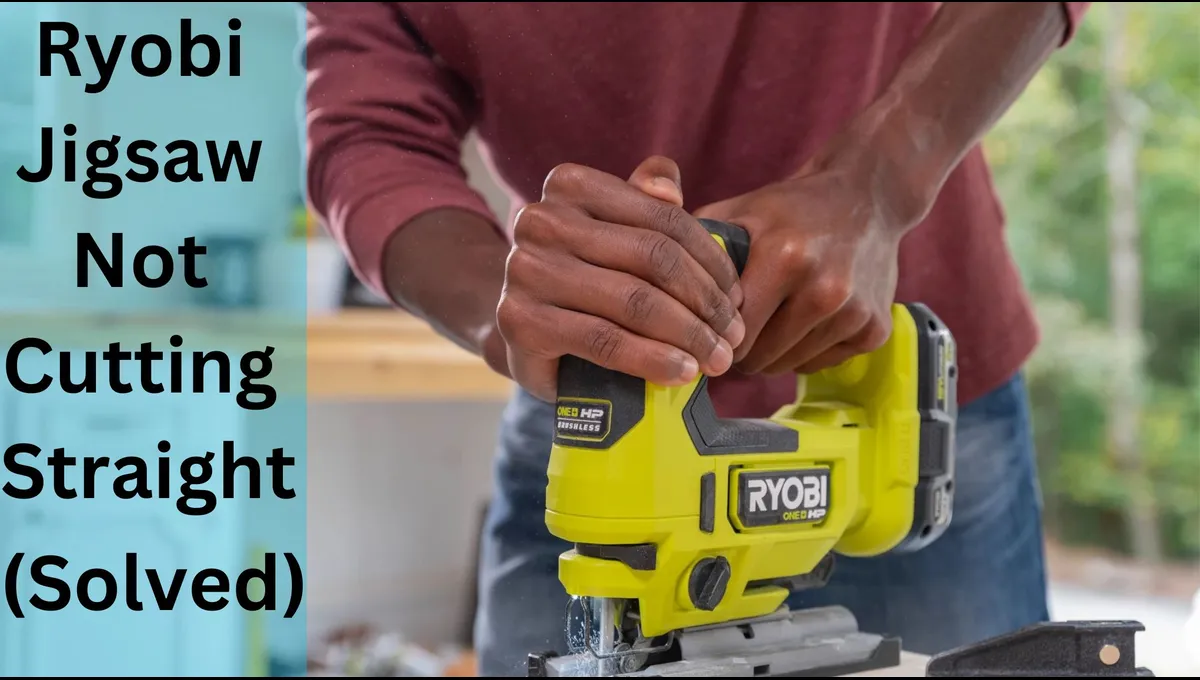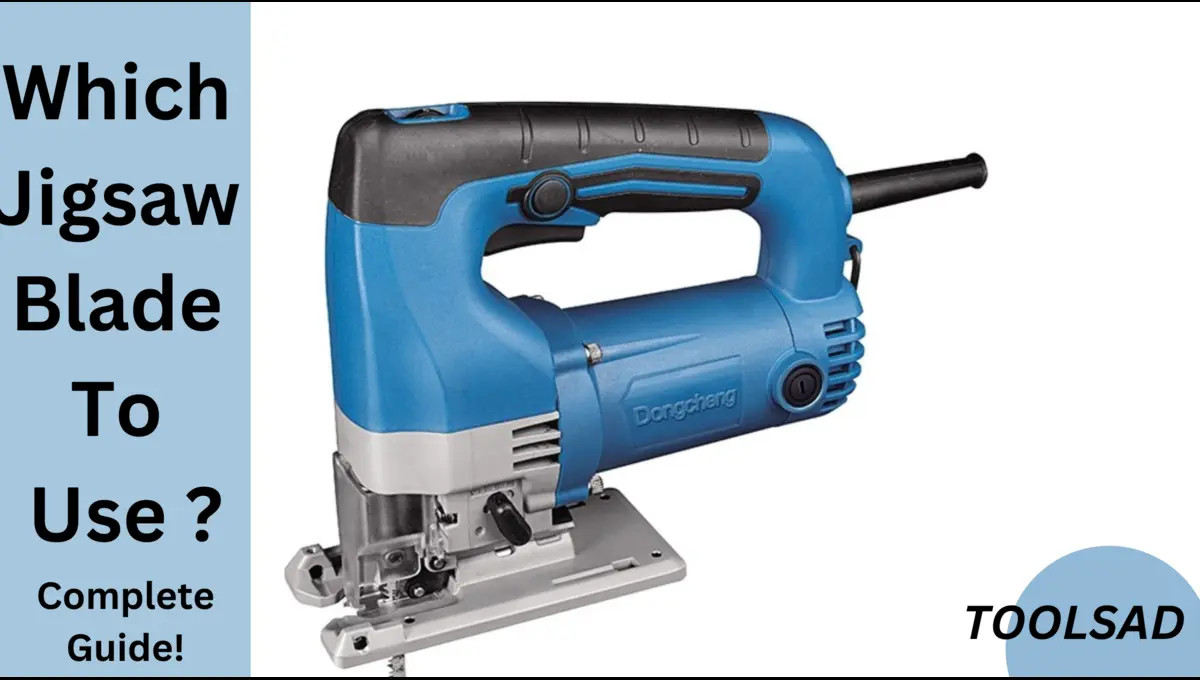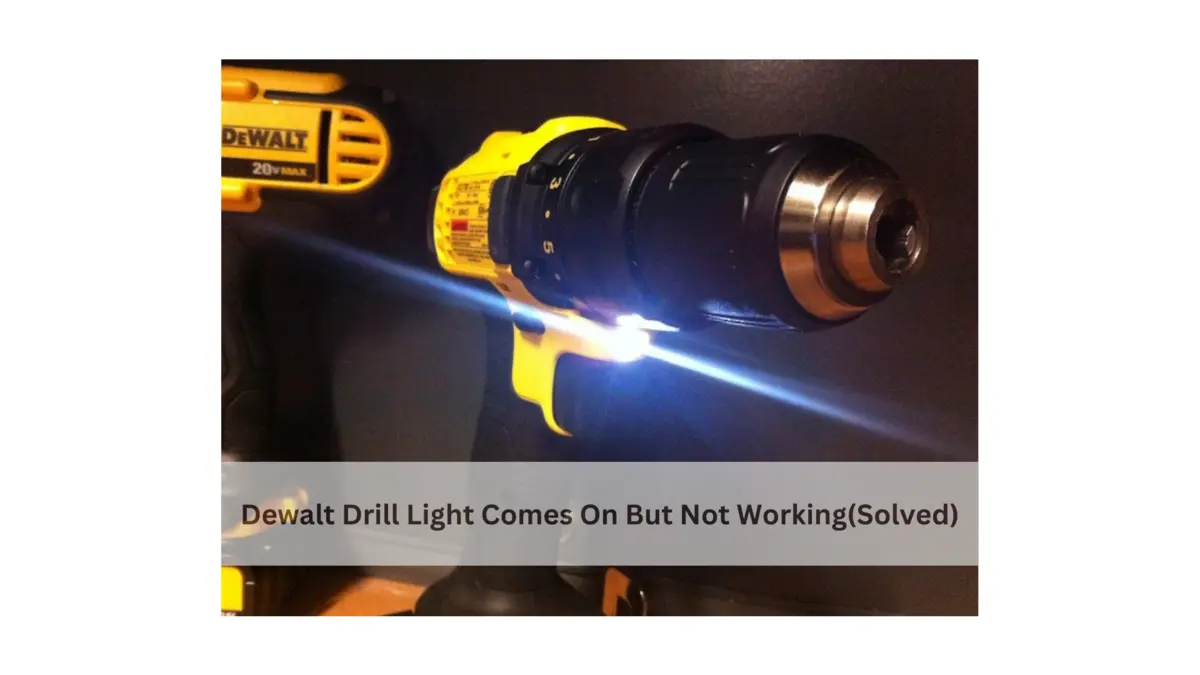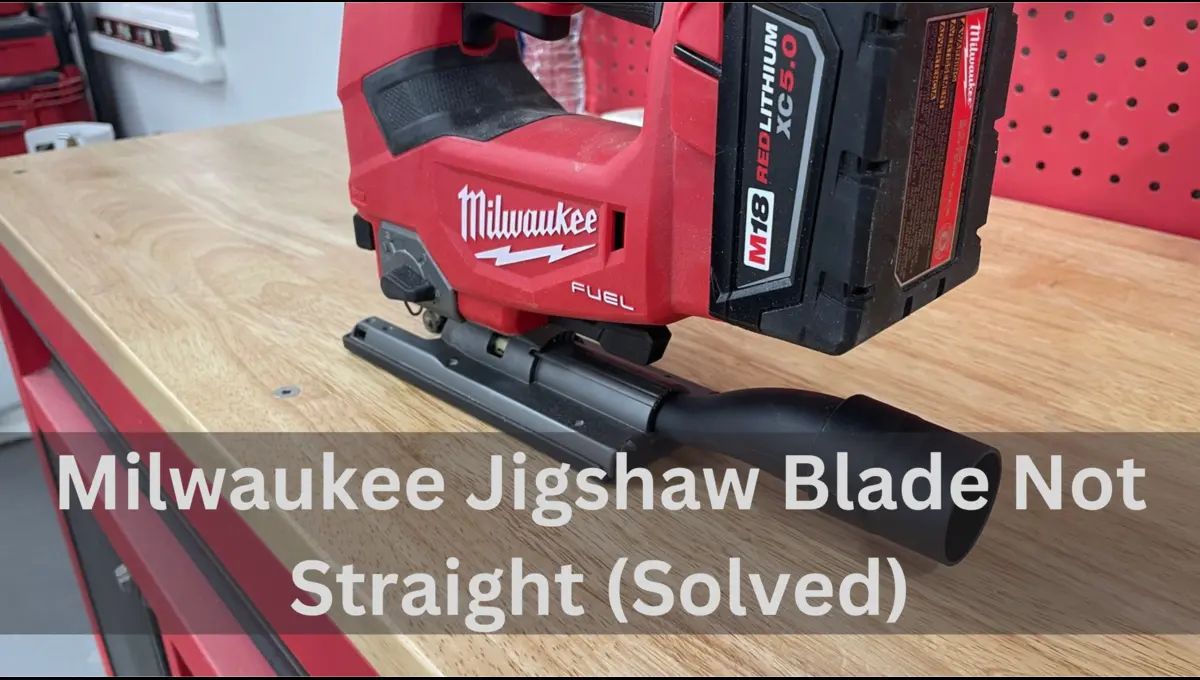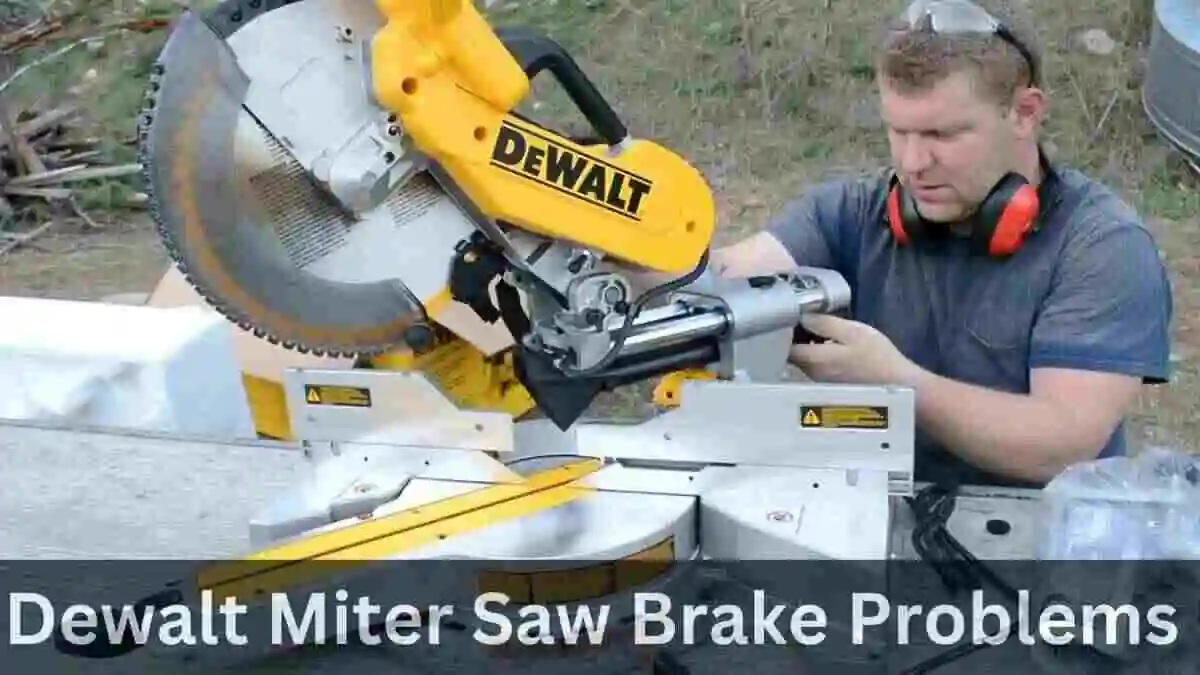The Ryobi jigsaw is a versatile tool that is important in workshops. It can cut materials like wood, metal, and plastics. However, mastering the use of a jigsaw is not an easy task.
There are a few reasons why your Ryobi jigsaw is not cutting straight, like dull blade and blade installation errors. In this article, we’ll delve into the reasons behind this issue and explore simple ways to fix it.
Ryobi Jigsaw Not Cutting Straight (Solved)
Dull Blade
When you want to make precise and straight cuts, it’s important to have a good jigsaw blade. A dull or damaged blade can lead to wandering and uneven cuts, compromising the quality of your work.
To address this issue effectively, focus on the maintenance of your blade. Inspect blade more often for signs of wear, bending, or damage. If any such indications are present, it is crucial to replace the blade.
To cut well, make sure your blade is sharp and in good condition. A well and sharpe blade not only enhances the accuracy of your cuts. It also prolongs the life of your jigsaw, making it a cost-effective and efficient tool in the long run.
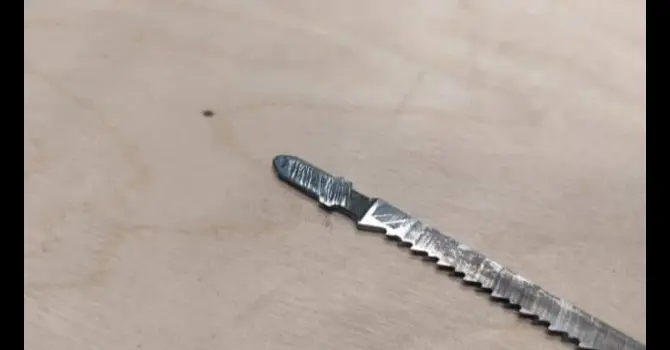
Blade Installation Error
Incorrect blade installation is a common culprit behind erratic cutting patterns. It is important to seat the blade properly in the jigsaw. This helps maintain stability and make straight cuts.
Consult your jigsaw’s user manual for precise instructions on blade installation. Make sure the blade is securely in the jigsaw. Adjust it as needed, following the manual.
A correctly installed blade is a foundation for precise cutting. When you install the blade correctly, you can make straight cuts and avoid frustrations. This also helps the blade and jigsaw last longer.
Blade Holder and Guide Adjustment:
If there’s too much movement or wiggle in the blade holder and guide of your jigsaw, it can mess up your cuts. The blade might not follow the right path, leading to uneven and messy results.
To prevent this, regularly check these parts for any looseness or play. If you find any, make the necessary tweaks to get rid of it. This ensures that your blade stays on track during cutting, giving you straight and predictable cuts.
It’s essential to keep these blade holder and guide parts stable for precise cuts. By fixing any play in these components, you make sure the blade moves smoothly and consistently. This reduces the chances of the blade going off course, ensuring your cuts are straight and accurate.
Applying Pressure
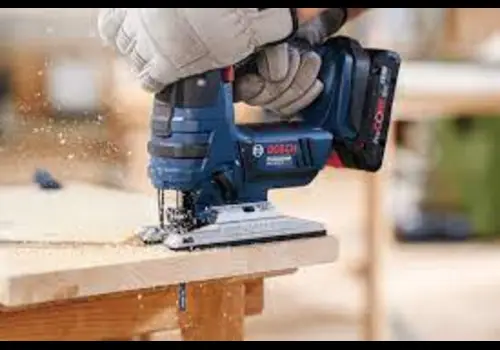
Applying pressure is important for straight cuts when using a jigsaw. Applying too much force can lead to uneven cuts and compromise the accuracy of your work. Let the blade do the cutting by applying gentle pressure to keep it moving smoothly.
Practicing controlled and measured pressure application is key to achieving straight cuts consistently. When you let the blade do the work, there is less chance of mistakes and each cut will be accurate and match your design.
Jigsaw Base Tilt
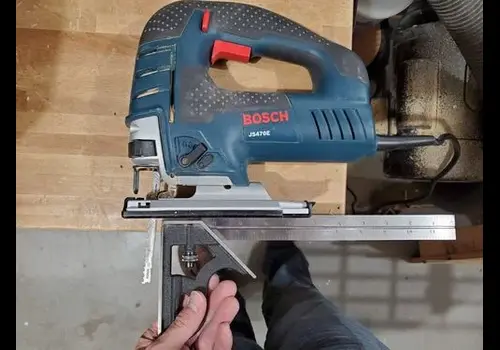
The alignment of the jigsaw base is essential for maintaining straight cuts. If the base is tilted, it can cause the tool to cut at an angle, resulting in imprecise and uneven edges.
Make sure to check the alignment of the base often. Adjust it if needed to keep it square to the blade.
To make straight cuts, it’s important to align the jigsaw base correctly. To ensure accurate cutting with your jigsaw, fix any tilt in the base for a solid foundation. This improves performance.
Use of Straight Edge Guide
For enhanced precision, consider incorporating a straight edge guide into your cutting process. Holding the guide against the base of the jigsaw provides a stable reference, aiding in achieving straight and accurate cuts.
This additional tool can significantly improve the overall accuracy of your cuts.The use of a straight edge guide is a practical and effective method to achieve consistent straight cuts.
When you use this tool, your work becomes more stable, and your cuts are cleaner and more precise.
Blade Type and Material Compatibility:
Confirming the use of the appropriate blade for the material being cut is paramount for achieving optimal results. Blades are made for different materials, like metal or wood, with fine or coarse teeth. Take the time to choose the right blade for the job to ensure that your jigsaw performs optimally.
To get the cut you want, it’s important to match the right blade with the material. By selecting the right blade, you optimize the efficiency and accuracy of your jigsaw, ensuring that each cut is clean and precise.
Conclusion:
By addressing these common issues systematically, users can significantly improve the cutting performance of their Ryobi jigsaw and attain straight, accurate cuts.
Remember to prioritize the maintenance of the blade, ensure correct installation, and pay attention to the application of pressure for optimal results.
Following these straightforward troubleshooting steps will help users make the most out of their Ryobi jigsaw in any workshop setting.
